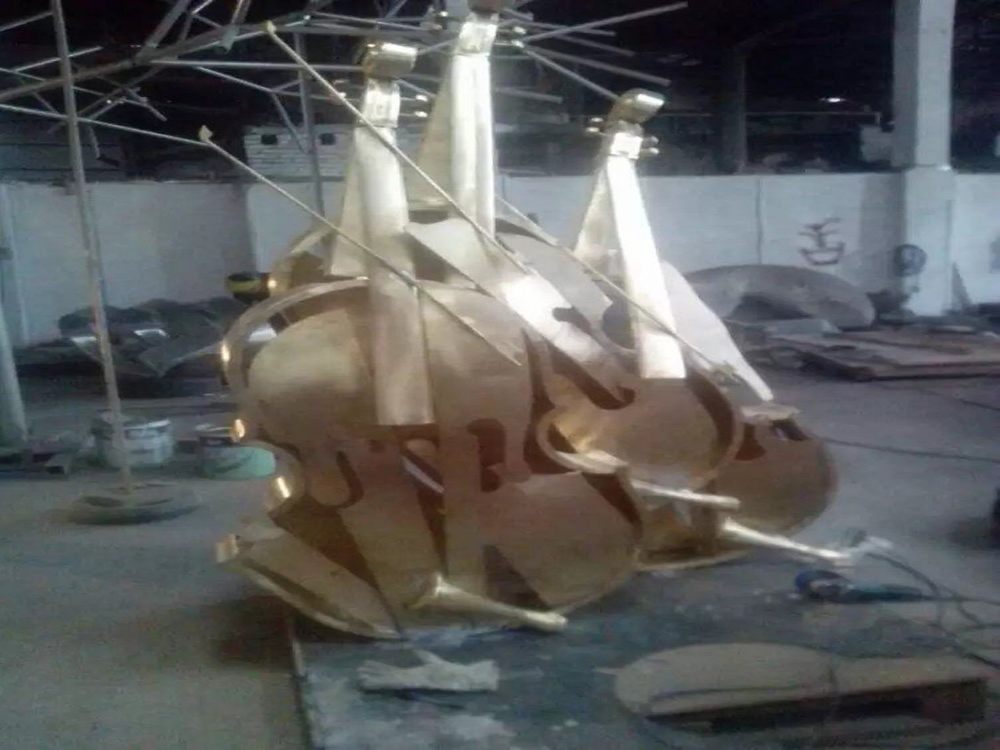
Stone sculptures have long been revered for their ability to enhance healing spaces, offering both aesthetic beauty and therapeutic energy. When designing sculptures for such environments, several critical factors must be considered to maximize their restorative impact.
First, the choice of stone is paramount. Natural materials like marble, quartz, or basalt are preferred for their grounding properties and unique energetic vibrations. Each stone carries distinct healing qualities—for instance, rose quartz promotes love, while amethyst fosters tranquility.
The sculpture’s form and symbolism also play a vital role. Flowing, organic shapes often evoke calmness, while geometric designs can stimulate focus. Incorporating sacred symbols or mandalas may deepen the spiritual connection for visitors.
Placement is another key consideration. Sculptures should be positioned to harmonize with the space’s energy flow, often aligned with natural light or water features. Size and scale must complement the environment without overwhelming it.
Lastly, intention matters. Infusing the creative process with mindfulness and purpose ensures the sculpture radiates healing energy. Whether for meditation gardens, wellness centers, or private sanctuaries, thoughtfully crafted stone sculptures can transform spaces into havens of peace and renewal.

